Picking Pals for Poecilia
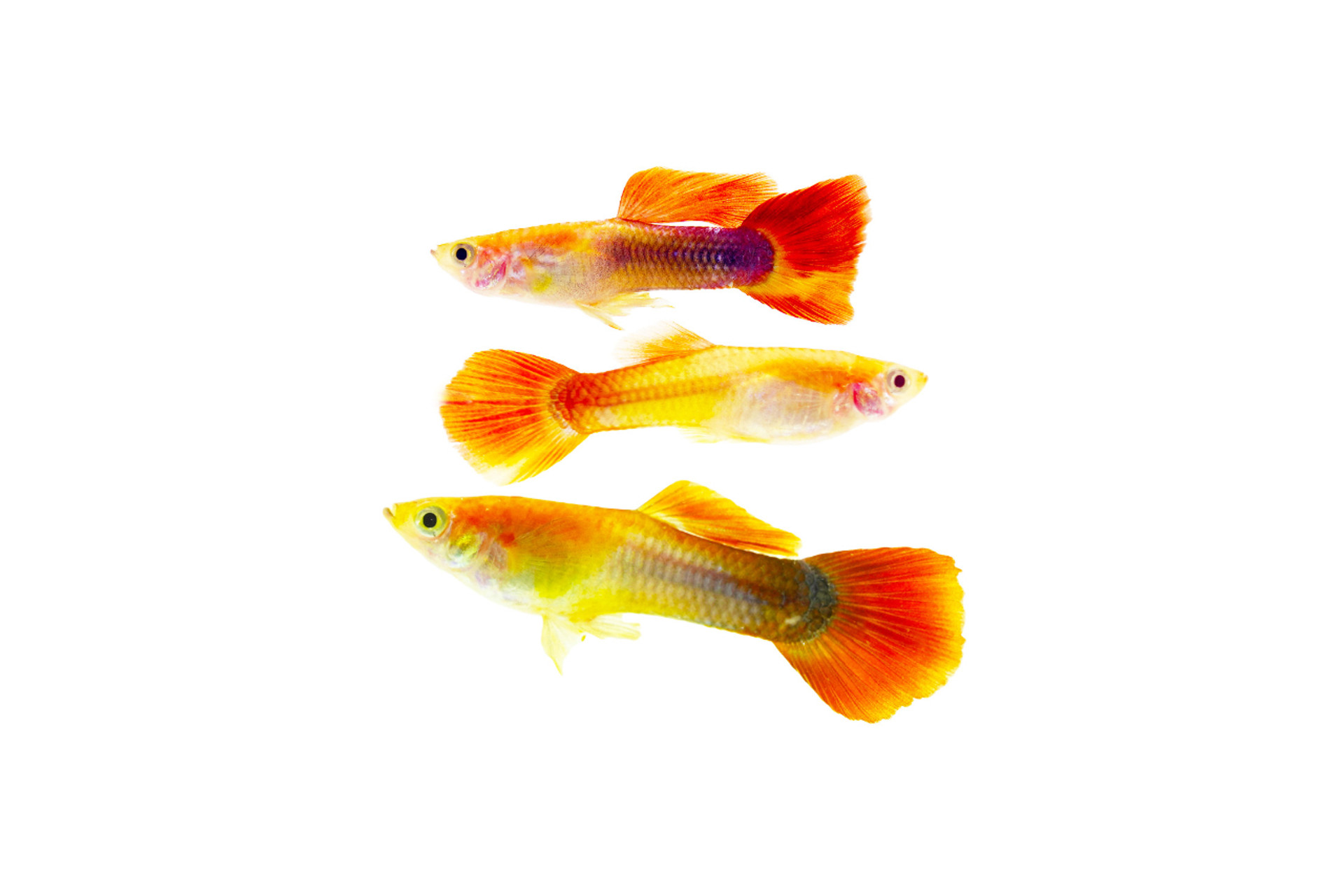
Pretty much every hobbyist in this building either has a Guppy tank or has had one in the past. They are a great first fish, and likely the first breeding project for the home aquarist to tackle. They are gorgeous enough to keep completely on their own, and for people who are attempting (almost assuredly successfully) to breed and rear them, keeping them as an only species, or even a single-color morph is best. However, for those of you who are not that interested in rearing the baby guppies, these beautiful, hardy and peaceful fish make the basis of an amazing community display as well, as long as other tank mates are carefully chosen.
Obviously, what you choose to keep them with dictate the size of the tank you house them in; you could keep a dozen guppies in a ten-gallon tank. As a result, you can plan your display based on the size requirements of the other fish involved. If you're going to keep them with Neon Tetras (a great choice) they obviously won't need a ton more space. Conversely, if Honey Gouramis (another good choice) are on your list, a slightly more sizable display will be needed.
One of the beauties of keeping guppies is the variety of displays you can keep them in. They are just as comfortable
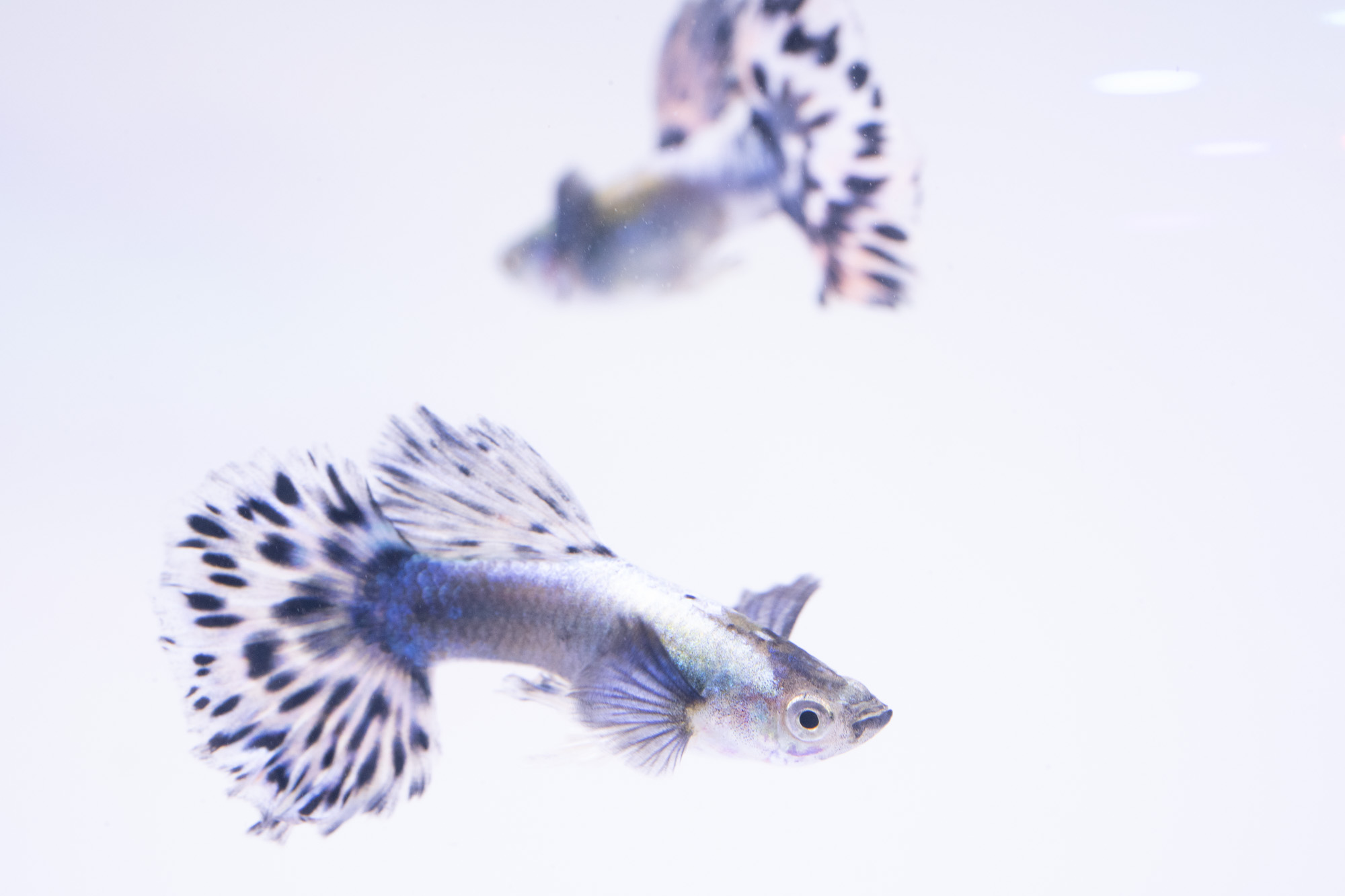
in a high tech planted tank as they are with a bunch of pink gravel and a bubbling treasure chest. This means your décor will have little effect on the other fish you chose. Guppies (Poecilia reticulata) have been successfully aquacultured now for decades in a vast array of different water chemistry parameters, and as such, can be safely added to tanks with a similarly wide band of pH, hardness and even temperature ranges.
One great way to add some intrigue to a display full of guppies is to mix them with freshwater shrimp. There are a lot of different colors of shrimp to choose from, and even more Guppy colors, so the color palate available to you in planning your display is huge. Most of the freshwater shrimp available to hobby aquarists are algae eaters and as such, are very unlikely to eat the baby guppies which will inevitably happen. Sadly, the converse is not true. The guppies will almost certainly eat the baby shrimp, and some will even try to consume small enough adult shrimp, so be sure to provide for plenty of hiding places. Shrimp and guppies make great pairings for planted tanks as the greenery provides excellent cover.
As we referenced earlier, there are a few kinds of Tetras that mix well with Fancy Guppies, and Neons, Black Neons, Cardinals and Embers are all excellent choices. The incredible assortment of Tetras available to the hobbyist these days means there are a lot more choices than this. All of the Tetras we picked are peaceful fish that all stay about the
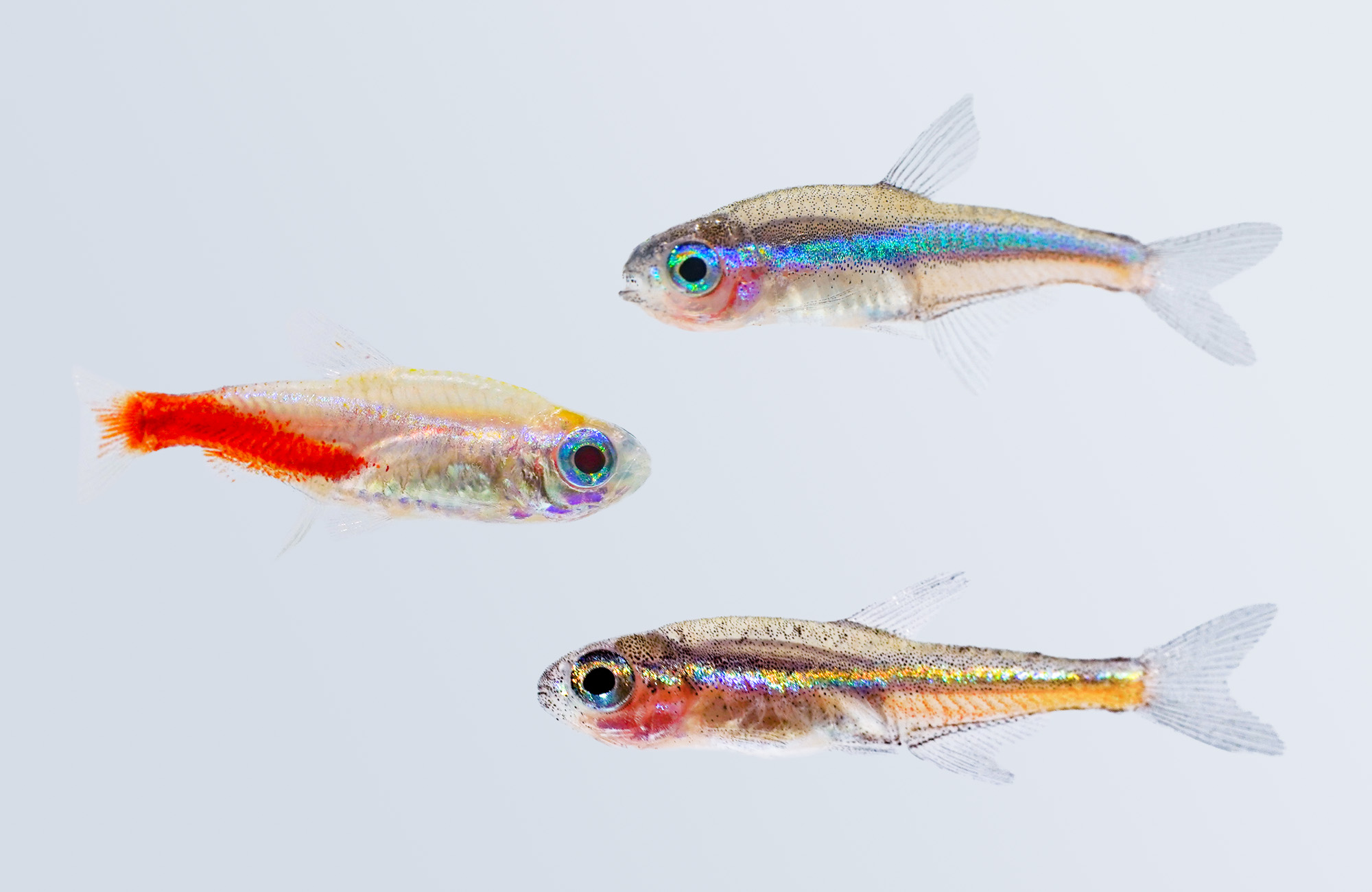
same size as your adult guppies (or smaller) and this should be a top consideration if you choose Tetras other than the ones, we've selected for you. These fish all eat similar foods, like similar conditions and offer a different, but still very active swimming style. Add Tetras in groups of at least five, and more is always better if you have the space.
For those of you looking for a larger fish to keep your Guppies with, some Dwarf Gouramis make excellent choices. We say some, because some of them can be territorial or downright aggressive and the not-so-athletic swimming style of the Guppies makes them an easy target for bullying. Males of any Gourami species are generally higher risk for aggression. A few good choices are Sparkling Gouramis (Trichopsis pumila) which barely get bigger than the Guppy. Honey Gouramis which get about twice as big, but are famously even tempered, and their
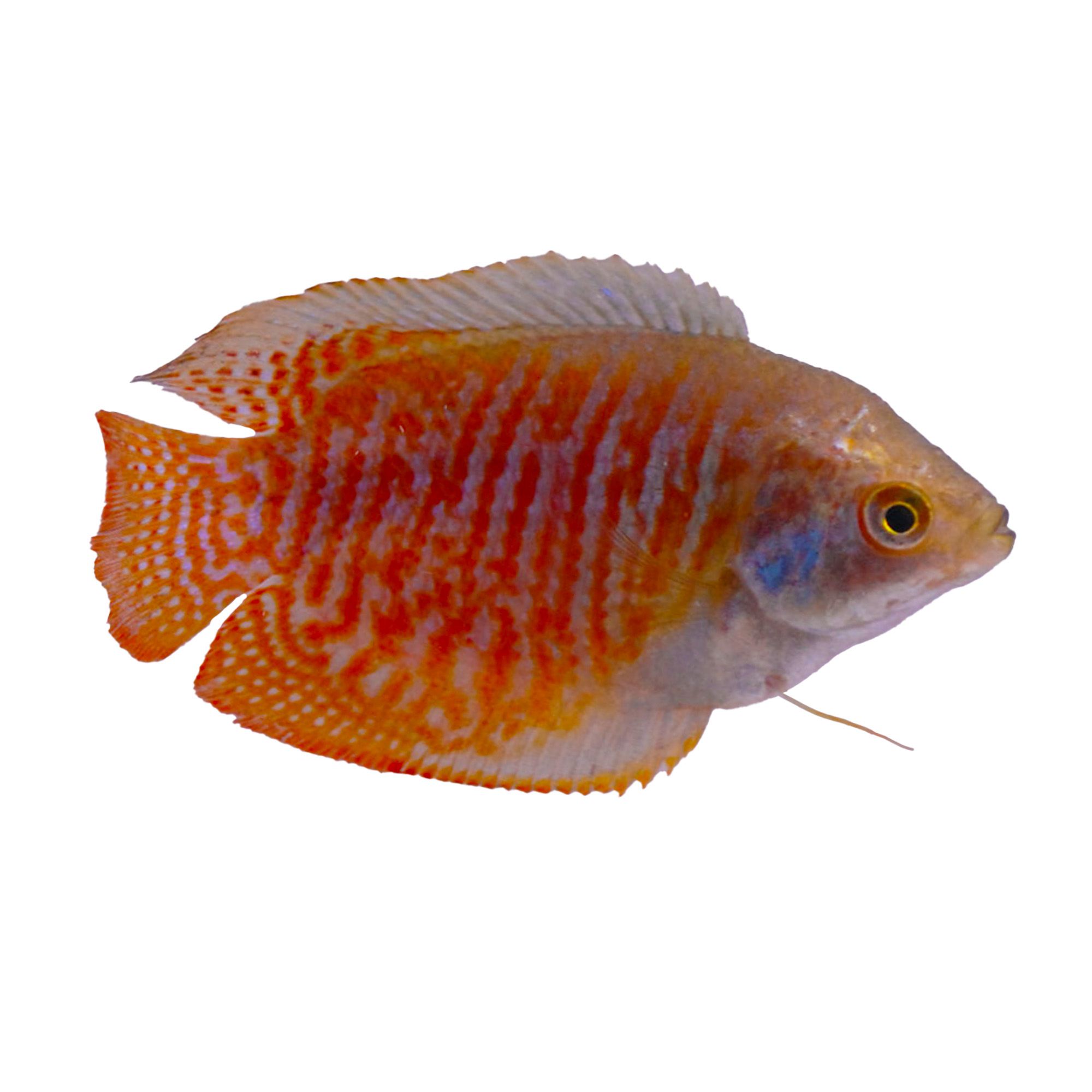
beautiful, yet understated color makes a great foil to showcase the flamboyant Guppies, and if you can find female Powder Blue Gouramis, they are much less aggressive than their male counterparts, while still offering the stunning, metallic blue sheen. All of these Gouramis should be added in groups as well, with three as a bare minimum and five to seven making them much more comfortable.
The Peacock Goby (or Peacock Gudgeon) is another beautiful and active fish that is slightly larger. They stay very small but will get about twice as big as your Guppies, maxing out around three inches. They have many of the attributes of a small cichlid, without any of the aggression. They can cohabit with a wide variety of peaceful fish (like your Guppies). They can be kept singly or in groups and can also reproduce in the home aquarium (which they do
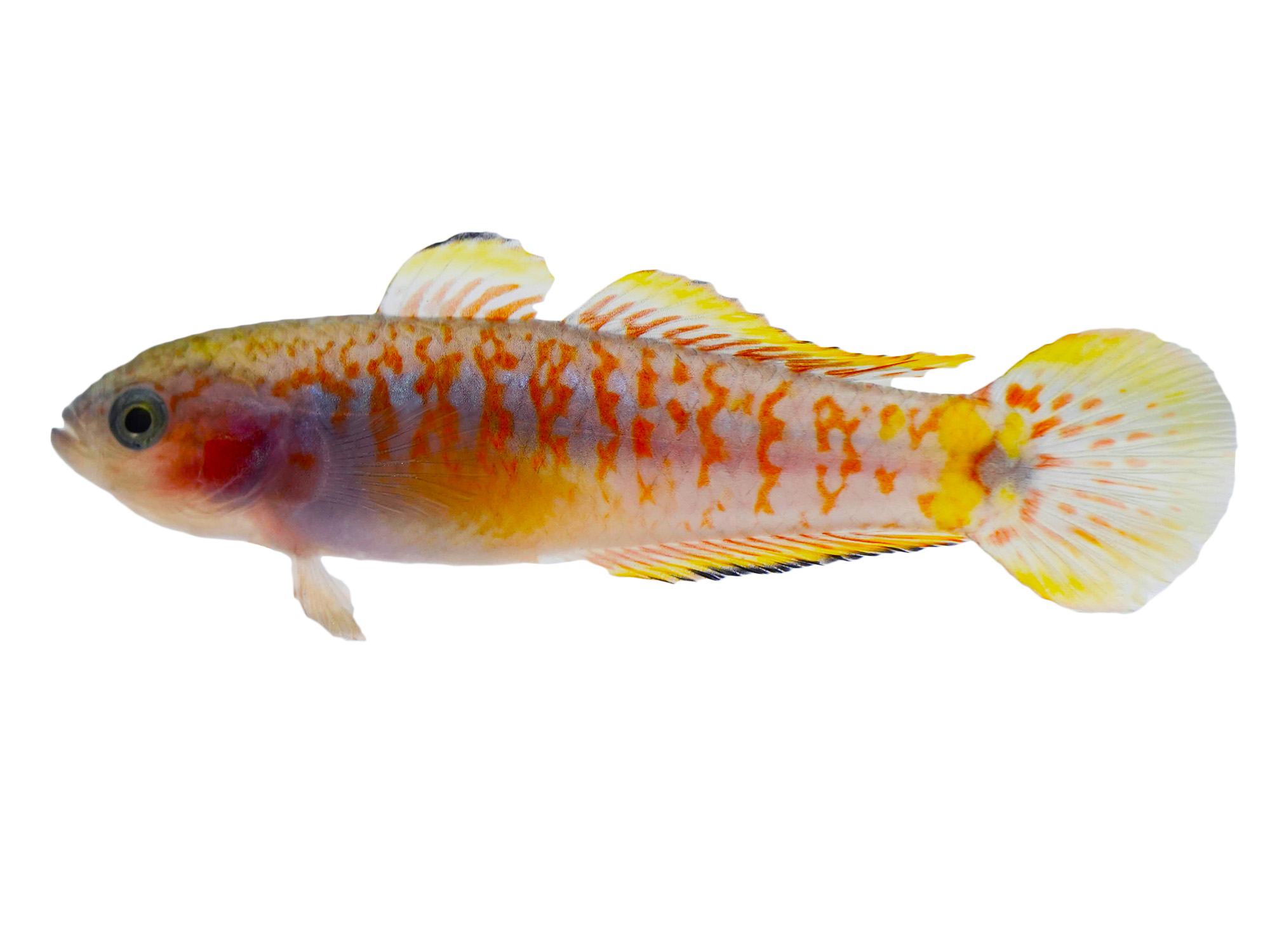
in small caves).
In regard to some bottom dwellers to live in your Guppy community, Dwarf Corydoras and Dwarf Otocinclus are both small fish that make good companions and in addition, they both stay very small, usually getting no larger than a couple inches long. They have interesting group dynamics and are unlikely to even notice the fish (like your Guppies) that live higher in the water column. Their muted colors are a great compliment to the flashy looks of all the other fish we've suggested above. Corys should always be kept in groups as well, so plan to keep a minimum of three (seeing a theme here?)
Like all communities, this isn't an exhaustive list. In fact, we've seen Guppy displays with a wide range of other fish. Celestial Danios, Endler's Livebearers,
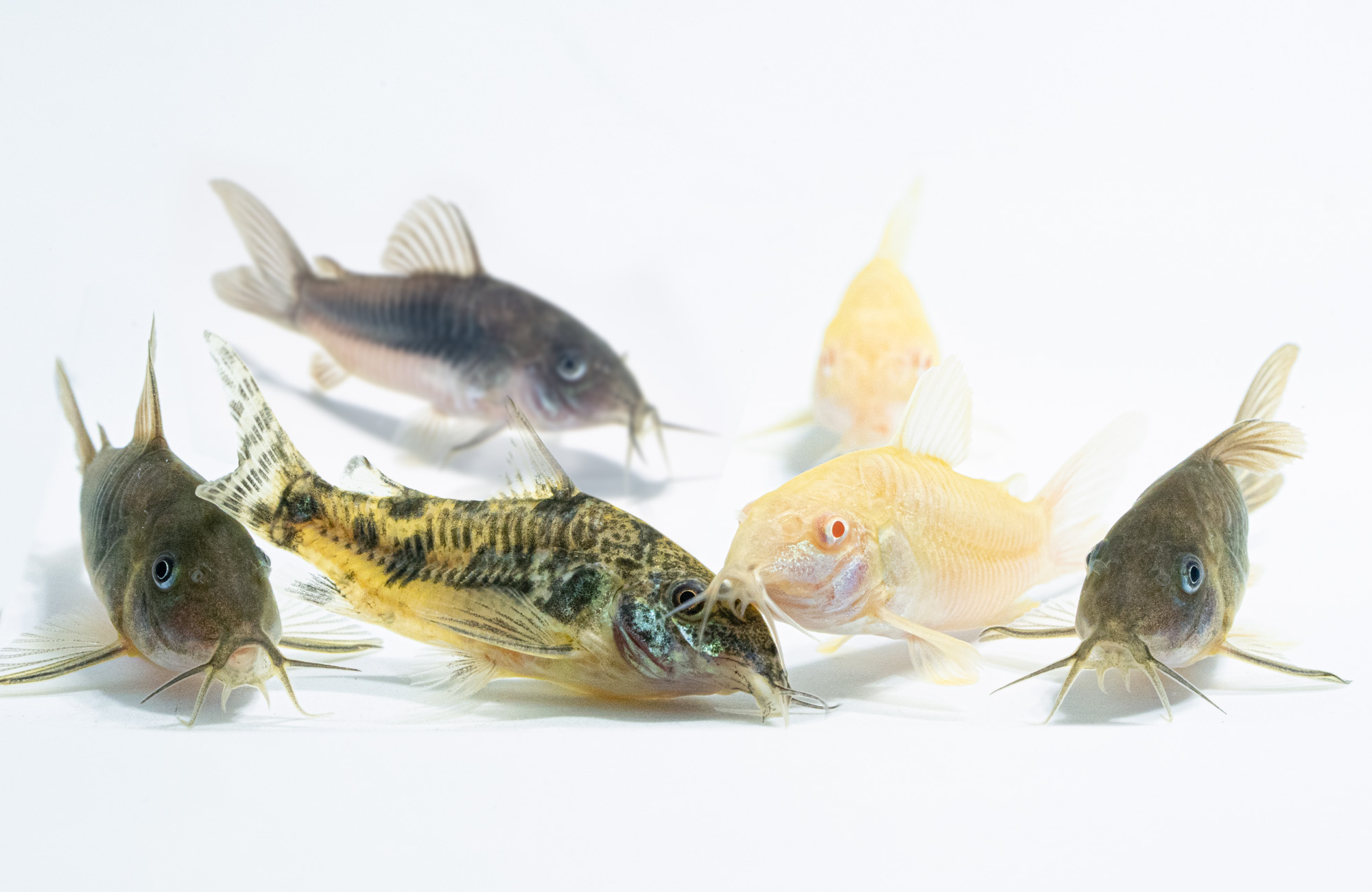
Harlequin Rasboras, even Kuhli Loaches and many more have all made for great additions to displays that feature Poecilia reticulata. In addition, they do perfectly well with just about any Bivalve or Snail you can get your hands on. A tank full of Guppies makes for an interesting and dynamic display all by itself, but contrary to some common knowledge, this isn't the only way to keep them. Fancy Guppies also make the base for a really impressive community display, as long as you choose appropriate tankmates. So go ahead, and start planning this next aquarium, then head to your Local Fish Store and tell them that Aquatropic sent you!